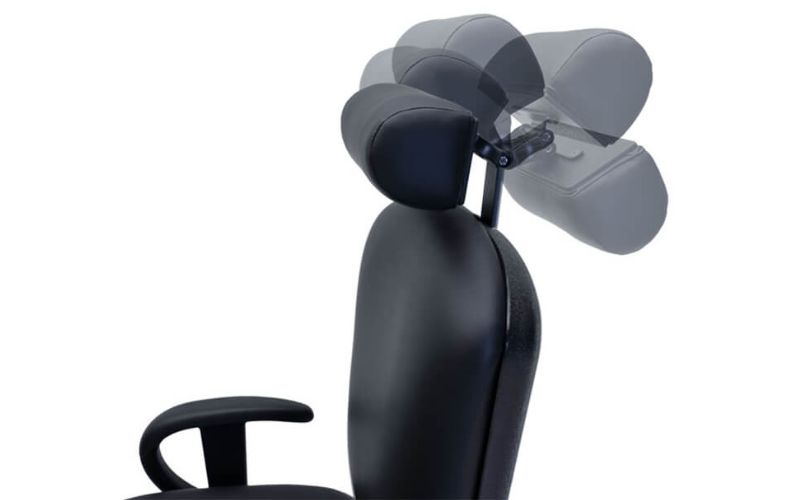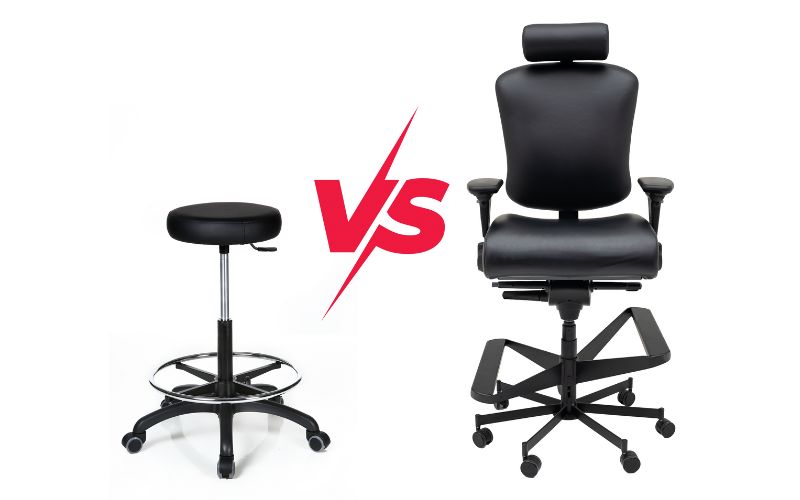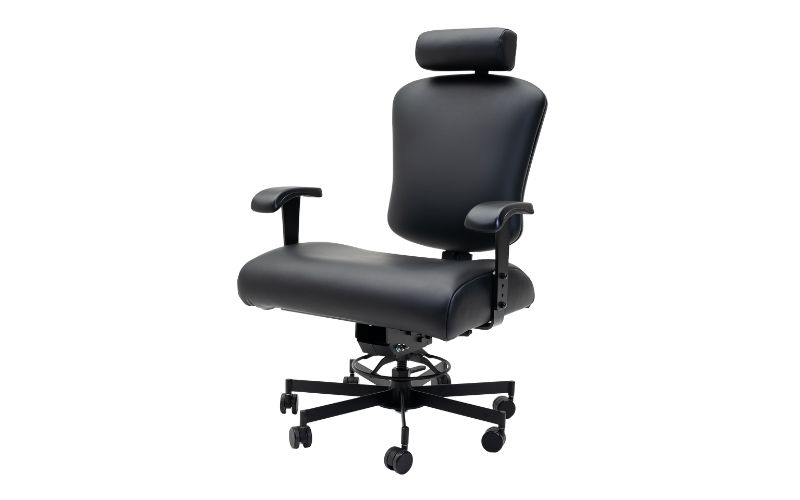A properly adjusted office chair headrest supports your posture and promotes long-term comfort during work. Especially, for those working long, seated shifts in a high-stress job, the right headrest positioning can make a significant difference in your overall well-being.
Poor neck support can lead to unnecessary strain, stiffness, and aches that detract from productivity and focus. A well-positioned headrest encourages proper spinal alignment, alleviates tension in the neck and shoulders, and prevents discomfort during prolonged periods of sitting. These tips for adjusting your office chair headrest will create a healthier and more ergonomic work environment.
Understand Your Headrest’s Purpose
Before making any adjustments, it’s important to understand the main purpose of a headrest. It primarily supports the upper spine and neck, helping maintain alignment and reducing pressure on these areas. It minimizes the risk of developing posture-related issues like stiffness or chronic pain. Whether you’re sitting for extended periods or simply seeking to improve your posture, the headrest encourages a healthy positioning of the head and neck, promoting comfort and long-term spinal health.
Align the Headrest With the Back of Your Head
When adjusting your headrest, ensure it aligns with the back of your head rather than your neck. The headrest should provide gentle, firm support without pushing your head forward or tilting it back. This alignment helps keep your cervical spine in a neutral position, preventing strain and excessive flexion or extension of the neck.
Check for Tilting Options
Modern 24-hour ergonomic office chairs provide tilting or angle-adjustment mechanisms for the headrest. Experiment with slight tilts to find the angle that best supports your natural sitting posture. A slight backward tilt often feels more natural, especially for individuals who lean back periodically during work. The goal is to maintain a neutral neck position rather than forcing an unnatural tilt or arch.
Adjust the Height to Your Comfort
The height of the headrest is a critical factor for comfort; it should match the natural curvature of your neck. To find the ideal height, sit in your chair with your back straight and your shoulders relaxed. Adjust the headrest to a position that fits snugly against the back of your head, providing a supportive surface. Avoid placing the headrest too high or too low, as this could compromise its effectiveness.
Pair Headrest Adjustments With Posture Awareness
While a proper headrest adjustment is essential, maintaining good overall posture throughout your workday is equally important. Sit with your lower back on the chair’s lumbar support, keep your feet flat on the floor, and ensure your desk and monitor are at eye level. Adjusting your headrest won’t solve posture issues alone, but it complements an ergonomic setup to reduce long-term discomfort and fatigue.
These tips for adjusting your office chair headrest can significantly enhance your working experience and prevent unnecessary aches and pains. Always refer to the user manual for your specific chair model to ensure you’re using its features fully. Making small adjustments can lead to greater comfort, productivity, and well-being throughout your workday.




